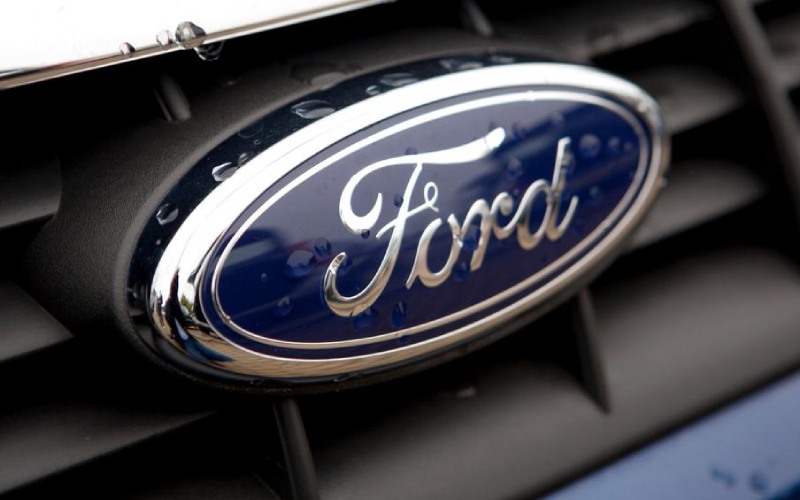Ford Motors increased its planned investment in vehicle electrification to at least $ 22 billion by 2025, nearly doubling its previous commitment of $ 11.5 billion.
The investment will help the company reach its goal of launching 40 electric vehicle (EV) models by 2022, of which 16 will be fully electric.
The company plans to build the F-150 electric pick-up truck in Michigan, with sports utility vehicles (SUVs) made at plants in Canada, and the electric Mustang assembled in both China and Mexico.
Ford’s announcement comes at a time when major American automakers are investing more in electrification and setting targets to help them meet expected demand. Competitor GM increased its planned investment in electric and autonomous vehicles to $ 27 billion by 2025 from its originally planned $ 20 billion. One of the goals of GM’s investment is to help them launch 30 all-electric models by 2025.
Meanwhile, Tesla, the largest U.S. electric car maker, spent 2020 expanding the capacity of its Fremont, California facility to produce 500,000 Model 3 and Y vehicles per year, as well as 100,000 Model S and X vehicles per year. year.
Last year, negotiations with Unifor, Canada’s largest private sector union, led Ford, as well as GM and Stellantis, to increase spending in Canada as part of their planned electric vehicle investments.
Ford is using $ 1.34 billion of its projected $ 22 billion to convert the Oakville, Ontario plant into electric vehicle production by 2026. GM, on the other hand, is spending $ 800 million at its Ingersoll, Ontario plant to convert it into electric vehicle manufacturing later this year. Stellantis agreed to spend $ 1.6 billion developing a platform to build battery and hybrid electric vehicles as part of its three-year agreement with the Canadian union.
The administration of President Joe Biden is trying to help foster the growth of electric vehicle manufacturing within the U.S. by committing to transitioning the government vehicle fleet to zero-emission cars and installing 500,000 power stations. public charges.
While the US currently consumes cobalt in metal form to produce alloys, cobalt battery chemicals should gain more importance in the US as automakers transition. Tesla views battery production as a fundamental limit in global electric vehicle production.
Still, Ford is grappling with an ongoing semiconductor shortage that has led the company to temporarily downsize some of its facilities. The company’s expectations are that the shortage could cause a 10-20% drop in first-quarter production.

